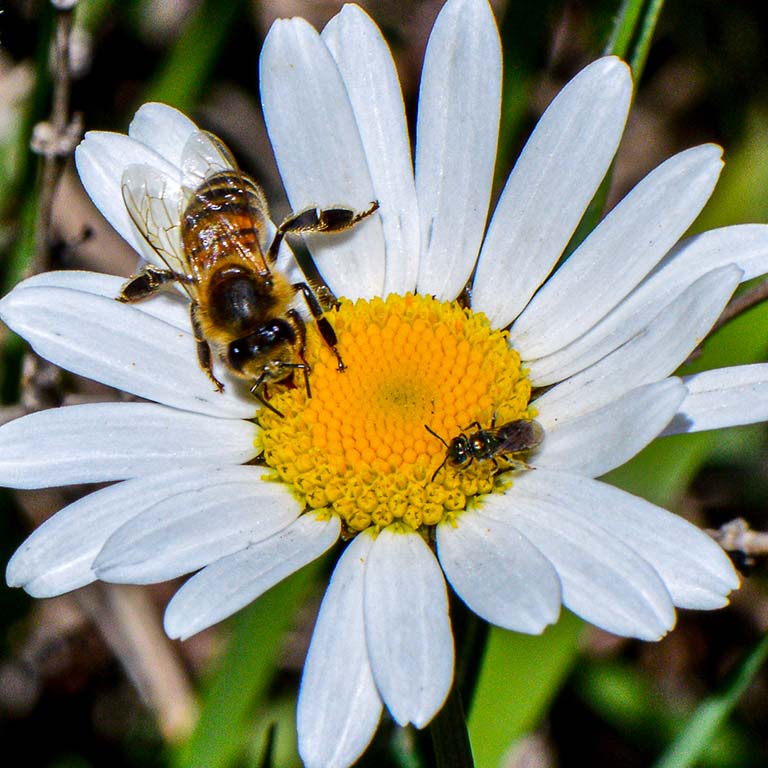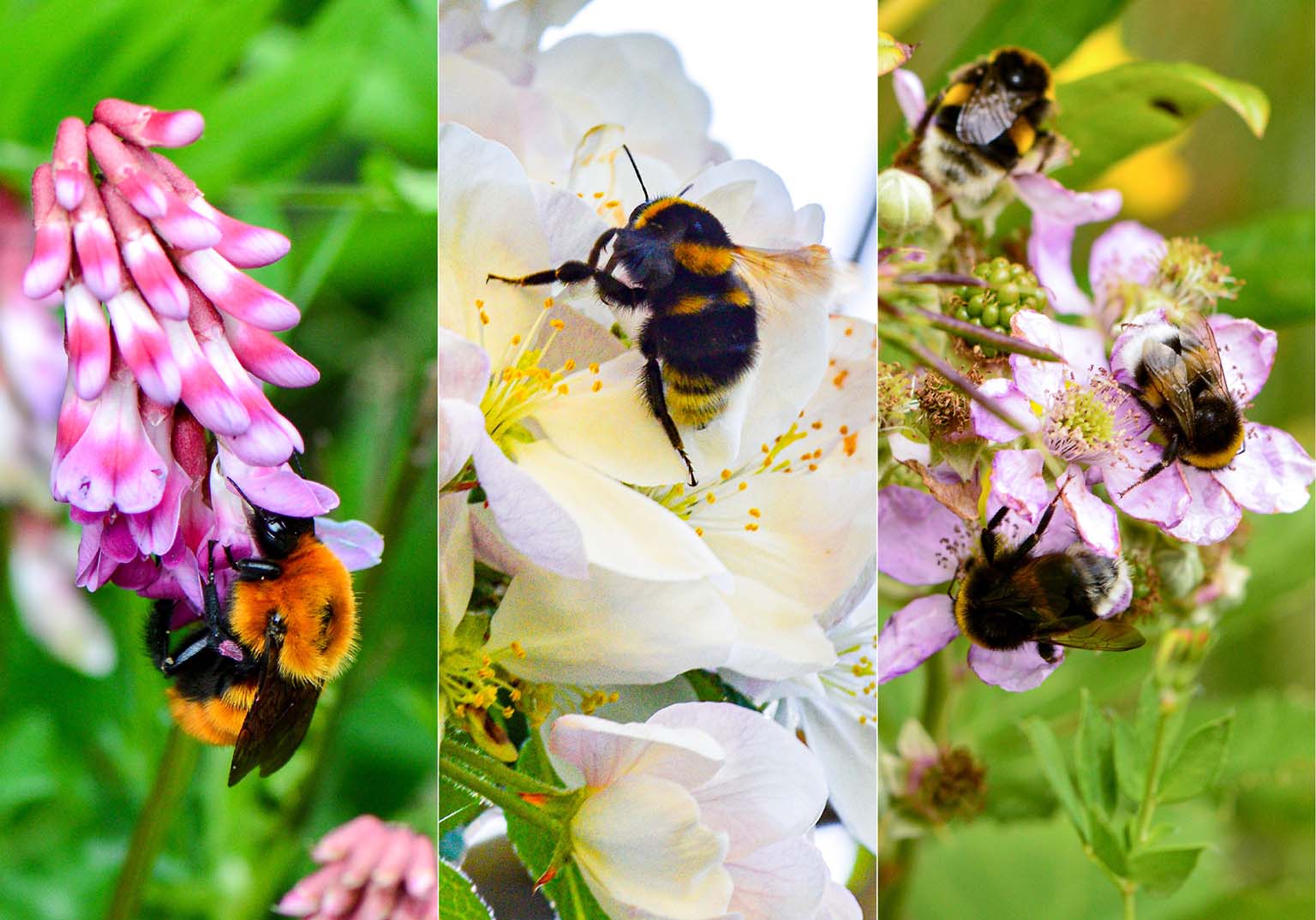An analysis of a global dataset of collected and observed bees shows that fewer species are being found in most recent decades.
Although the word “bee” evokes in most people the image of the domesticated honeybee, Apis mellifera, more than 20,000 species of bees have been described from all over the world. Bees are the most important group of pollinating insects and are key not only to the reproduction of hundreds of thousands of wild flowering plant species but also to the yield of about 85 percent of all cultivated crops.
Bees are also strongly attuned to their environment, and their subsistence is dependent on the availability of flowering plants and adequate nesting sites. Consequently, they are vulnerable to transformation of their native habitat into large-scale agricultural and urban zones. Indeed, an increasing number of studies looking at the local or regional status of specific groups of bees are reporting decreases in their abundance and diversity.
Now, a newly published analysis of public occurrence records suggests that these reports might be local manifestations of a global phenomenon. In the study, published in the journal One Earth, researchers looked at publicly available data of bee specimens collected or observed in the period between 1946-2015 and counted how many different species were found all over the world each year. They found that although the number of yearly records has been steadily growing since the middle of the century, the average number of species in the dataset has been decreasing since the 1990s.



 The College of Arts
The College of Arts